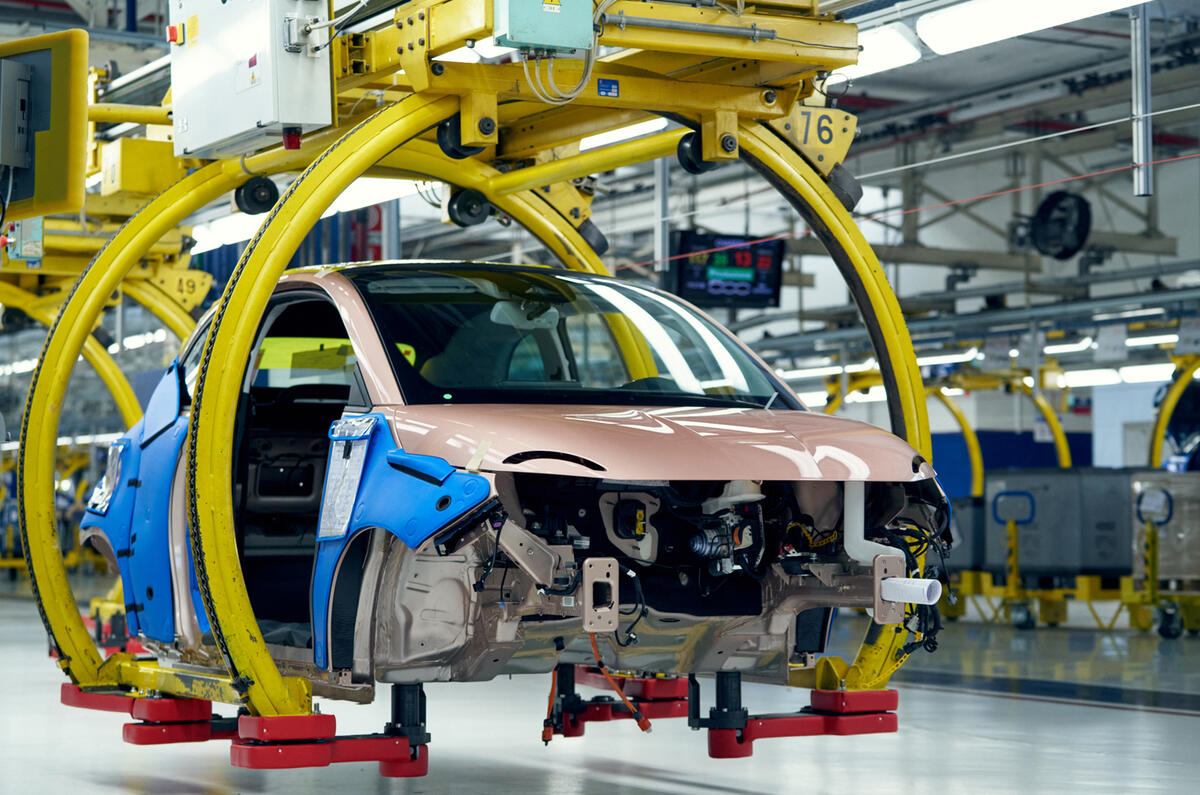Stellantis, the parent company of 14 marques, including Citroën, Peugeot and Vauxhall, has outlined plans to extend the lives of ICE cars by reusing parts, if necessary by ‘remanufacturing’ them.
The plans are pitched as part of a carbon-reduction programme run the company’s new Circular Economy Business unit, led by former Stellantis UK head Alison Jones.




Add your comment